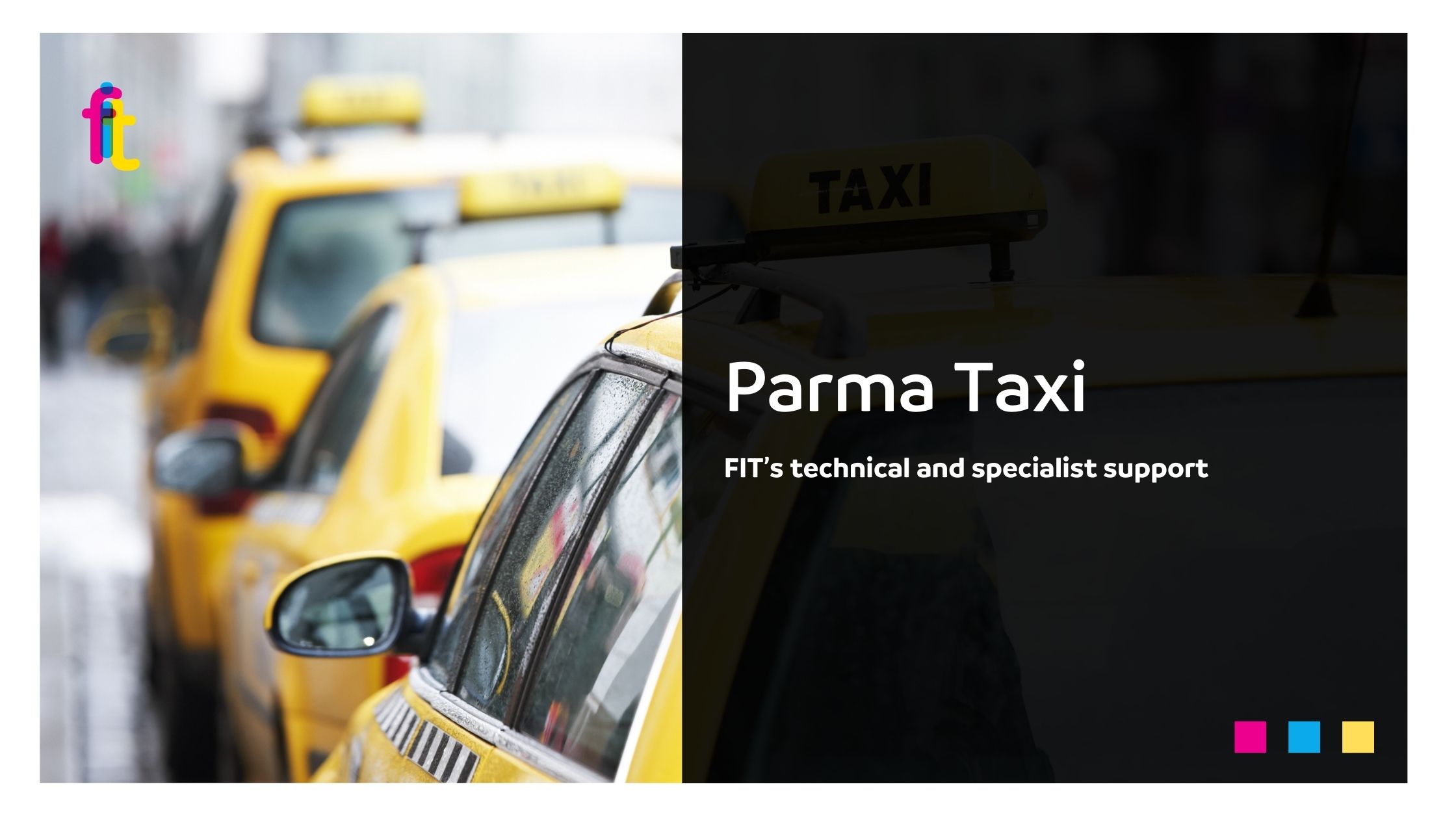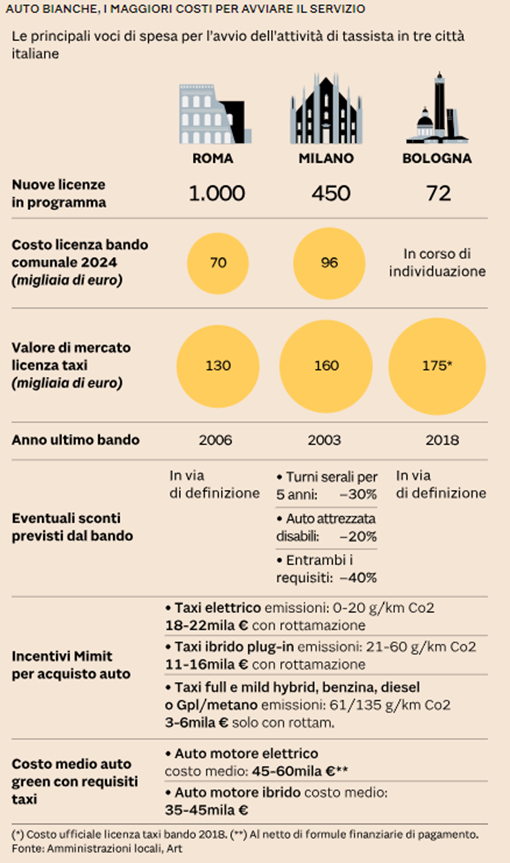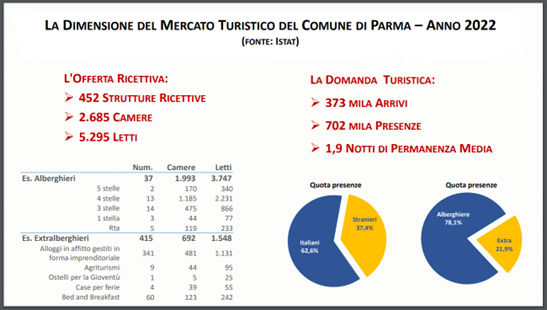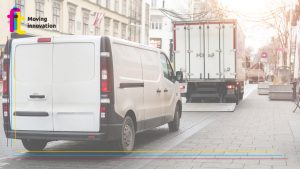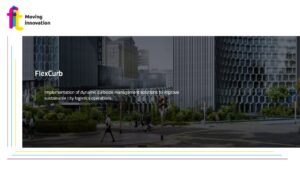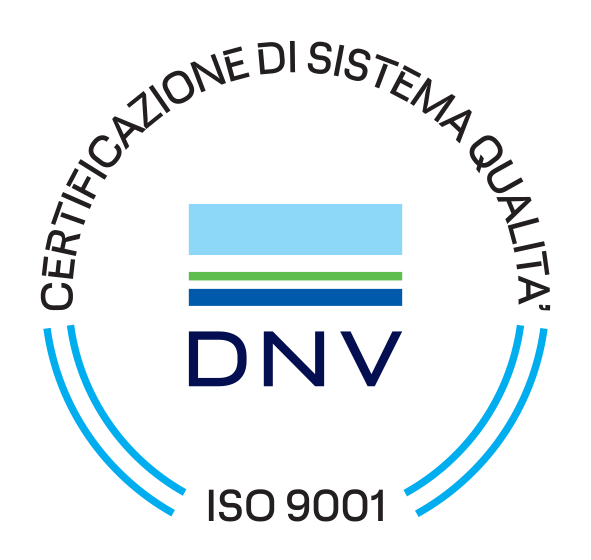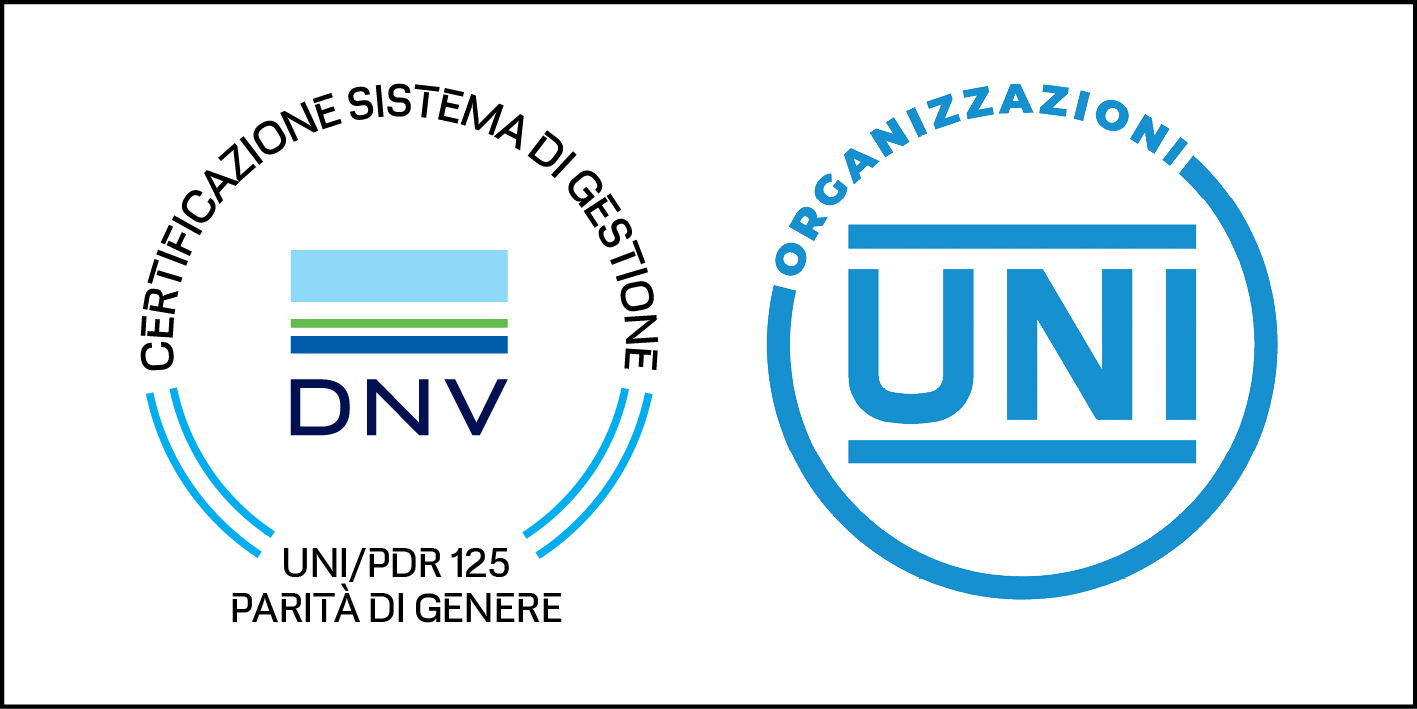Technical and specialist support for preparing the call and calculating the taxi license value for the issuance of new licenses by the Municipality of Parma
In recent years, the taxi sector has undergone significant transformations, driven by digitalization, evolving regulations, changing mobility needs, the emergence of platforms like Uber, and growing demand.
In this context, the city of Parma is re-evaluating its taxi system with the aim of expanding both availability and accessibility. For some time now, residents have reported difficulties in finding taxis, as demand continues to rise—fueled in part by increasing numbers of tourists, students, and workers. Tourism data, in particular, serves as a key indicator of the region’s growing appeal and the corresponding rise in mobility needs, alongside the number of residents within the municipal boundaries of Parma. According to official 2023 data from ISTAT, the city recorded 397,325 tourist arrivals and 741,704 overnight stays.
To address these challenges, the Municipality of Parma has launched a new call for applications to assign additional taxi licenses, aiming to improve service accessibility and better respond to rising demand. Currently, the city has 78 active licenses—a figure that has proven insufficient to meet the actual needs of both residents and visitors. The new initiative will grant 12 additional licenses, 3 of which will be reserved for vehicles equipped to transport individuals with disabilities.
A similar effort was attempted in 2019 but did not materialize. Now, supported by a more thorough analysis and an updated regulatory framework, the city is determined to implement an effective plan—one that enhances taxi service and strengthens Parma’s overall attractiveness and capacity to accommodate visitors.
Objectives
The Municipality of Parma plans to launch a public call for the paid allocation of 12 new taxi licenses. This initiative aims to expand the current fleet of 78 taxis by introducing both standard licenses and licenses specifically reserved for vehicles equipped to transport Persons with Reduced Mobility (PRM).
One of the main challenges the Municipality faced was the lack of certified data on the market value of taxi licenses, as this information is not officially provided by the Italian Revenue Agency. Moreover, there is a scarcity of local listings for license sales. These data points are essential to set a fair price for the new licenses—one that ensures adequate compensation for current license holders.
One of the main challenges for administration is the lack of certified data—specifically from the Italian Revenue Agency—regarding the commercial value of taxi licenses in the city. Additionally, there is a noticeable shortage of publicly available listings for local license sales, making it difficult to assess current market trends. These data gaps are critical, as they hinder the ability to set an appropriate price for the new licenses, while also ensuring fair compensation for existing license holders.
Regulatory and technological framework
The legal framework governing non-scheduled public transport services is established by Law No. 21 of January 15, 1992 (Framework aw on the Transport of Persons via Non-Scheduled Public Services). This legislation provides the overarching regulatory structure while delegating detailed provisions and service management to regional and local authorities. Under this law, regions define the criteria municipalities must follow when drafting local regulations, including decisions on the number and types of vehicles, operating procedures, fare-setting mechanisms, and the requirements for license issuance.
Further legislative action was taken with Decree-Law No. 223 of July 4, 2006 (converted with amendments by Law No. 248 of August 4, 2006), which aimed to enhance competition in the taxi sector—particularly concerning market entry and fare determination—while promoting greater efficiency and service quality.
Additional reforms followed with Decree-Law No. 201 of December 6, 2011 (converted with amendments by Law No. 214 of December 22, 2011), which established the Transport Regulation Authority (ART). The authority was assigned specific responsibilities (Art. 37 of Decree-Law 201/2011), including oversight of the taxi industry as defined in paragraph 2(m) of the same article.
Most recently, Decree-Law No. 104 of August 10, 2023 (commonly known as the “Asset Omnibus”), converted into Law No. 136 of October 9, 2023, introduced significant updates to taxi licensing. It allows regional capitals, metropolitan cities, and municipalities with airports to issue additional taxi licenses on a temporary or seasonal basis—up to 20% of the existing number—to current license holders, in response to temporary spikes in demand. These licenses are awarded through a special public call and are contingent upon the payment of a contribution and the use of low-emission vehicles.
The “Asset Omnibus” decree also provides a simplified procedure for license expansion. Municipalities can submit their draft call for applications to the ART, including details on the contribution amount and the calculation method. To be eligible, applicants must not only pay the contribution but also use vehicles falling within specific low-emission categories (0–20, 21–60, or 61–135 g/km of CO₂).
Technology and data-driven regulation
To effectively match supply with demand, the ART recommends that municipalities establish agreements with intermediaries—such as taxi cooperatives and digital platforms—to obtain regular, anonymized, and aggregated data. This information, broken down by time slots and days of the week, should comply with privacy and trade confidentiality regulations. Key indicators include total and unmet ride requests, average waiting times, and the average number of trips per taxi.
These insights would enable local governments to implement a structured, ongoing system for monitoring supply and demand. This system could also include targeted field studies at taxi ranks and surveys of service users. Cross-referencing ride request data with service delivery metrics would offer valuable evidence to support planning and policy decisions.
In a letter dated July 16, 2020, addressed to ANCI and the Conference of Regions and Autonomous Provinces—and published on the ART’s official website—the Authority emphasized several key priorities for improving taxi services, particularly regarding web-based connectivity and digital intermediation. These include:
- Promoting the removal of regional or municipal regulations that limit the freedom of license holders to access various demand-supply intermediation platforms;
- Encouraging the development and widespread adoption of innovative and competitive systems that connect users with taxi operators, thereby improving service quality and efficiency;
- Ensuring that intermediation platforms do not restrict affiliated drivers from also partnering with alternative providers or allocating part of their rides to competing services.
Activities
In accordance with Decree-Law No. 104 of August 10, 2023 (the so-called “Asset Omnibus”), converted into law on October 9, 2023, the Municipality of Parma carried out all necessary activities to define the call for the issuance of the new taxi licenses. This included determining the contribution to be paid by applicants and outlining the methodology used to calculate it. The draft call and the accompanying report on the valuation method were submitted to the Transport Regulation Authority (ART) for review.
FIT Consulting supported the Municipality by developing the license valuation methodology in line with ART’s requirements. This involved analyzing ART’s opinions on similar procedures conducted in other municipalities, with the goal of striking a balance—avoiding a fee equal to the full market price, but also ensuring it wasn’t so high as to become a barrier to entry and reduce the number of potential applicants.
In parallel with this technical work, the Municipality also conducted consultations with representatives of current taxi license holders to discuss the contents of the call and the valuation method.
Results
The technical expertise and stakeholder engagement enabled the Municipality to finalize both the public call for the allocation of new taxi licenses and the report outlining the economic valuation method. These were submitted to ART, which issued a preliminary opinion.
To determine the sale price of the new taxi licenses, the Municipality of Parma initially estimated the average revenue generated by a single license, using available official data—specifically, the average fare per trip as provided by the Transport Regulation Authority (ART). The analysis then took into account the expected increase in served demand resulting from the addition of new taxis under the new licensing plan. This increase, while improving service coverage, also leads to a dilution of revenue per license due to the greater number of operators in circulation. The projected loss in income for current license holders caused by the issuance of additional licenses was used to calculate the economic value that should be recovered to fairly compensate existing operators.
The Municipality then incorporated ART’s recommendations into the final version of the call and the license value to be paid by applicants.
FIT Consulting’s role
FIT Consulting supported the Municipality of Parma by carrying out the specialist technical activities required to prepare the draft call for the allocation of new taxi licenses, the report on the calculation of their economic value, and the additional documentation requested during the ART’s review process.

